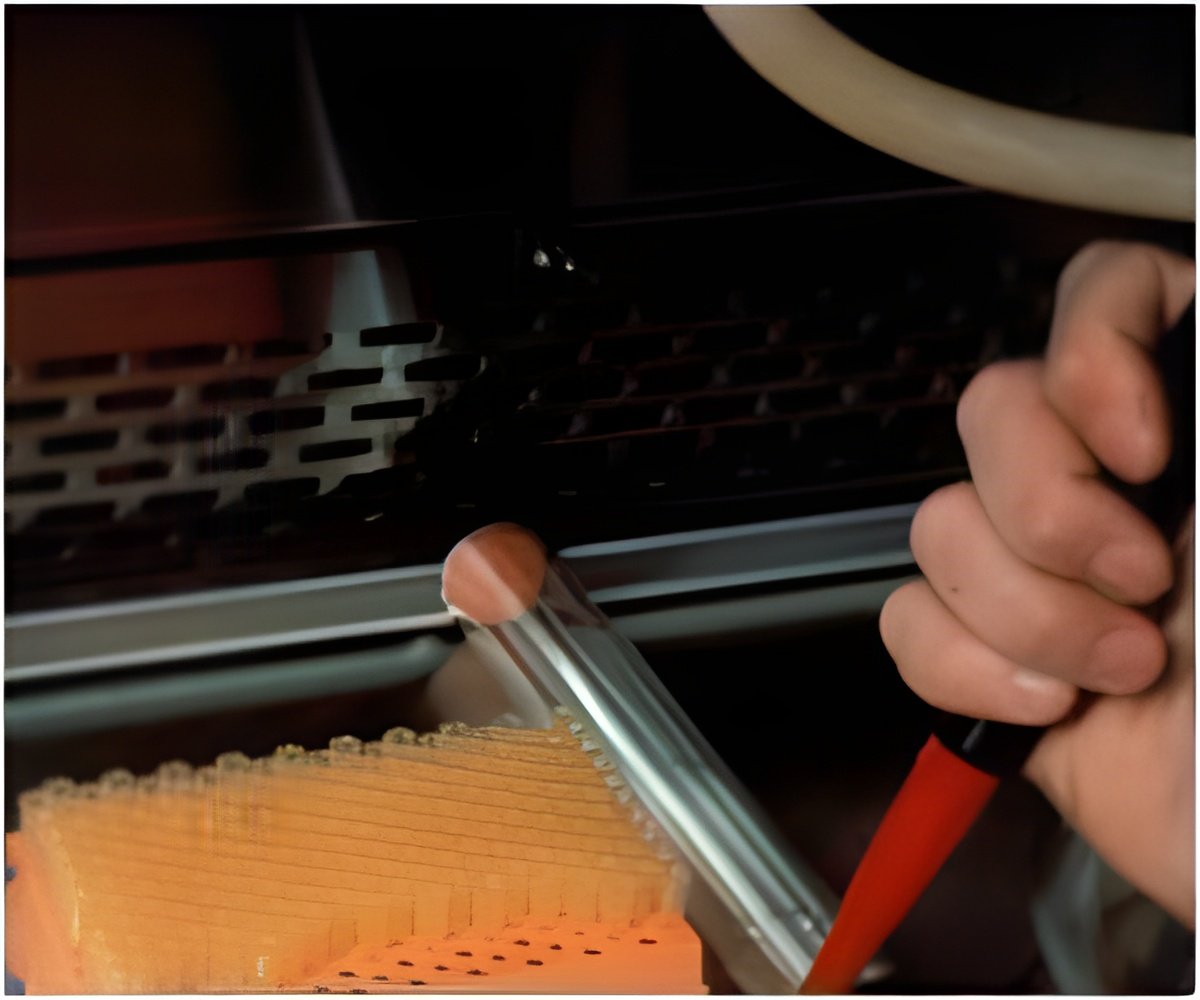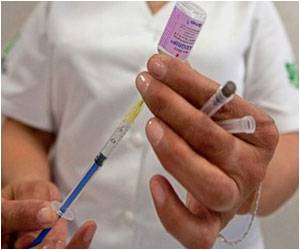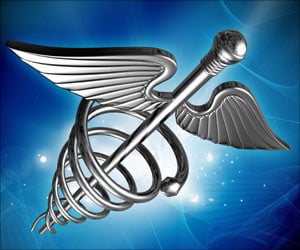
Previously, no suitable experimental systems existed for studying the way in which these changes in the cells of the blood vessels are controlled. For their studies, Korff and his team took advantage of the fact that blood vessels in the mouse ear are clearly visible and are also easily accessible for minor surgical procedures. In order to artificially set off processes that are similar to the formation of varicose veins, they tied off a vein with a thin thread. The elevated pressure in the vessels caused by the pooled blood led to the recognizable remodeling characteristic of varicose veins. In addition, in the affected veins, the cell proliferation rate and the production of MMP-2 increased. MMP-2 is an enzyme that breaks down the non-cellular components of the connective tissue of the blood vessels. On the other hand, there were no signs of an inflammatory response, which can be observed during other vessel remodeling processes.
Model allows agents to be tested
"Nevertheless, the cellular mechanisms that control the formation of varicose veins appear to be similar to mechanisms that orchestrate the remodeling of arteries in patients with high blood pressure," Korff explains. The transcription factor AP-1 which regulates the activity of certain genes and thus the corresponding protein production is regulated by the filling pressure in the blood vessels and in turn controls the formation of varicose veins, Korff adds. If AP-1 is inhibited, thus prohibiting it from activating genes, the characteristic corkscrew-like varicose veins do not form and cell proliferation and the production of enzymes that break down connective tissue remain at normal levels.
In a further experiment, the group showed that the results obtained in the mouse are also valid for humans. Varicose veins that have been surgically removed from patients exhibited the same cellular and molecular changes as the varicose veins created artificially in the mouse ear. Based on these results, Korff plans more studies. "Using our model, we can now more precisely analyze the early stages of the disorder and test possible drugs for their ability to prevent varicose vein formation, which, as a result, may improve the quality of life of afflicted patients."
According to the German Vascular League, 30 million people suffer from minor vein-related symptoms, whereby women are affected around twice as often as men. According to a health report published by the German government, 15 to 20 percent of the population has varicose veins.
Advertisement










